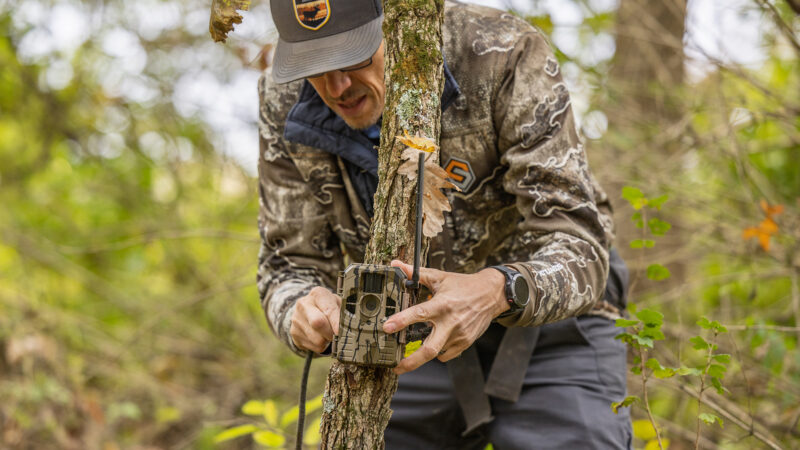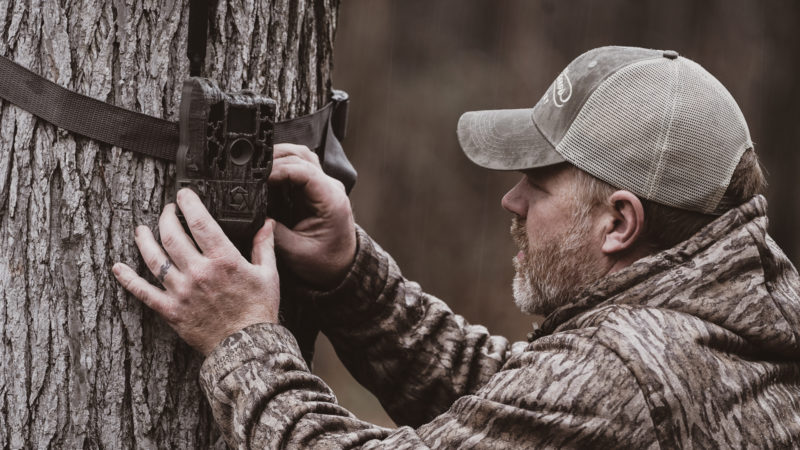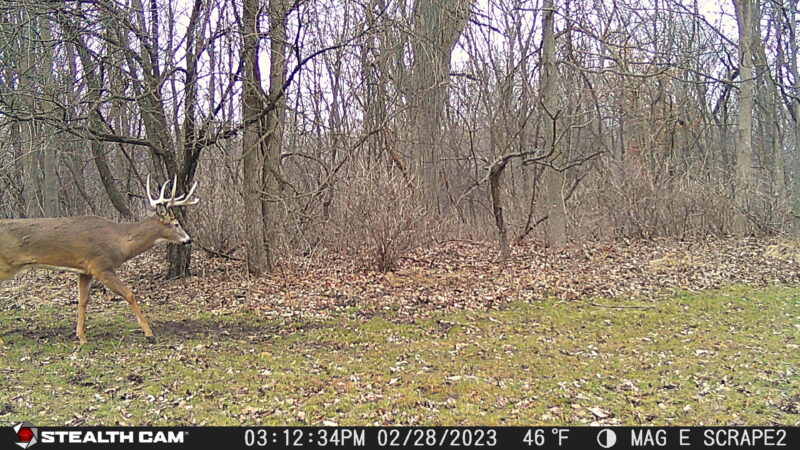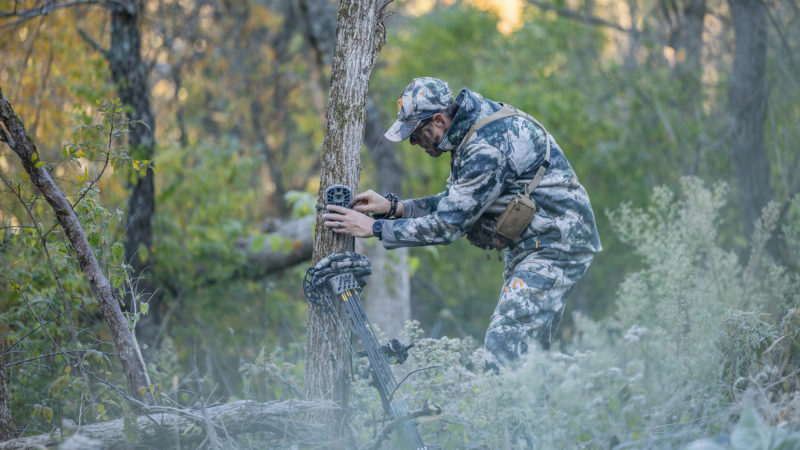Trail cameras are among the most incredible scouting tools available to deer hunters. The ability to post a camera and it scout 24 hours per day is a major asset. Running numerous cameras is even more beneficial.
But some hunters aren’t great with these. For one reason or another, they fail. It’s obvious, but a lot of hunters find ways to limit their cameras. From one blunder to another, they lose out, and potential dwindles. After a while, it’s clear — you (or they) suck at trail cameras. Of course, there could be many reasons why. Here are 13 of these that you should avoid.

- Using Bad Batteries
Implementing the wrong batteries is a surefire way to experience bad trail camera performance. While some off-brand batteries work just fine, others are terrible and lead to increased risk of minimal battery life and more corrosion. Instead, use quality batteries and experience better trail camera performance.
- Leaving Batteries in Units
Leaving depleted batteries in camera units for weeks or months after they die is a recipe for camera failure. Corrosion becomes a significant risk. This can produce opportunities for damage to internal components. To prevent this from happening, replace batteries promptly. Or remove the batteries, clean the camera, and store it properly.
3. Not Clearing Lanes
Posting a trail camera and not clearing a lane for it to take photos is the equivalent of hanging a treestand and not clearing shooting lanes. Failing to do so can lead to false triggers, triggers with obstructions in front of deer, reduced camera battery life, and much more.
- Failing to Use the Right Settings
Trail cameras come with an array of settings. From basic settings, such as the date and timestamp, to more advanced things, such as timelapse, photo, and video modes, options abound. Generally, certain settings are better suited for specific situations. For example, timelapse is great for ag fields and food plots. Video mode is ideal for scrapes. Multi-shot burst mode is good for the rut when deer are running hard. The list goes on. Use the right settings.
- Not Setting the Timestamp
It might sound remedial, but not setting the timestamp is a surefire way to experience poor trail cam results. Part of the benefit of the timestamp is using it to study correlated data at that time, such as wind direction, weather events, and more. At the very least, you need to know if it was morning, midday, or afternoon. Set the timestamp.
- Using SD Cards Improperly
SD cards are part of trail camera use, and using SD cards improperly can lead to malfunctions. Therefore, it’s crucial to implement these in a correct manner. Don’t use SD cards with different devices (or different cameras). Have dedicated SD cards for each camera. Format these correctly before using a card with a camera.

- Facing Trail Cameras the Wrong Way
Hanging trail cams and facing these in poor directions can diminish photo numbers and quality. Of course, face cameras toward the action. That said, unless in hill country where the rising and setting sun is shielded, don’t face cams directly east or west. Instead, face these north or south.
- Angling Cameras Incorrectly
An insufficient camera angle can ruin a camera deployment. Too high and it misses the action. Too low, and it’s the same story. It’s crucial to get the right angle. Fail to do that, and the camera won’t produce like you expect it to.
- Placing Trail Cameras in Poor Locations
Cameras aren’t cheap. These cost money, and hunters need to get the most out of their hard-earned cash. Placing trail cameras in poor locations doesn’t achieve that. Rather, it wastes money. Choose good, seasonally minded spots.
- Not Updating Firmware
Updating firmware isn’t just a suggestion, and most people think it is. In fact, it’s a must-do thing. Check for regular updates and complete these accordingly. Don’t let updates get backed up, or the camera could (and eventually will) malfunction. Get these updated to keep cams moving properly.

- Ignoring Maintenance Techniques
Like any tool, trail cameras need routine maintenance. Cleaning battery contact points, removing dirt and grime from the casing, updating firmware, and more, are vital to long-term trail camera health. Using good maintenance techniques is mandatory.
- Not Turning Cameras On
It’s the most basic of blunders, but failing to turn on a trail camera is a surefire way to walk away without any photos. Turn it on to get the benefits of the camera. Fail to do that and other mistakes won’t even matter.
- Losing Trail Cameras
Losing trail cameras isn’t unheard of. Many hunters have lost cams in the field. Either they recovered them later on or never saw them again. Regardless, this is a mistake that doesn’t have to happen. Mark all trail camera locations on a hunting app (such as HuntStand), or a map, to remember each of your cam deployments.

Run Cams the Right Way
When running trail cams, it’s important to do it the right way. Running cameras and using good practices helps minimize risks and maximize rewards. Finding ways to deliver quality trail camera pics isn’t always simple, but when you get out of your own way, it begins to get easier. Let this season be that for you.

 By
By 



